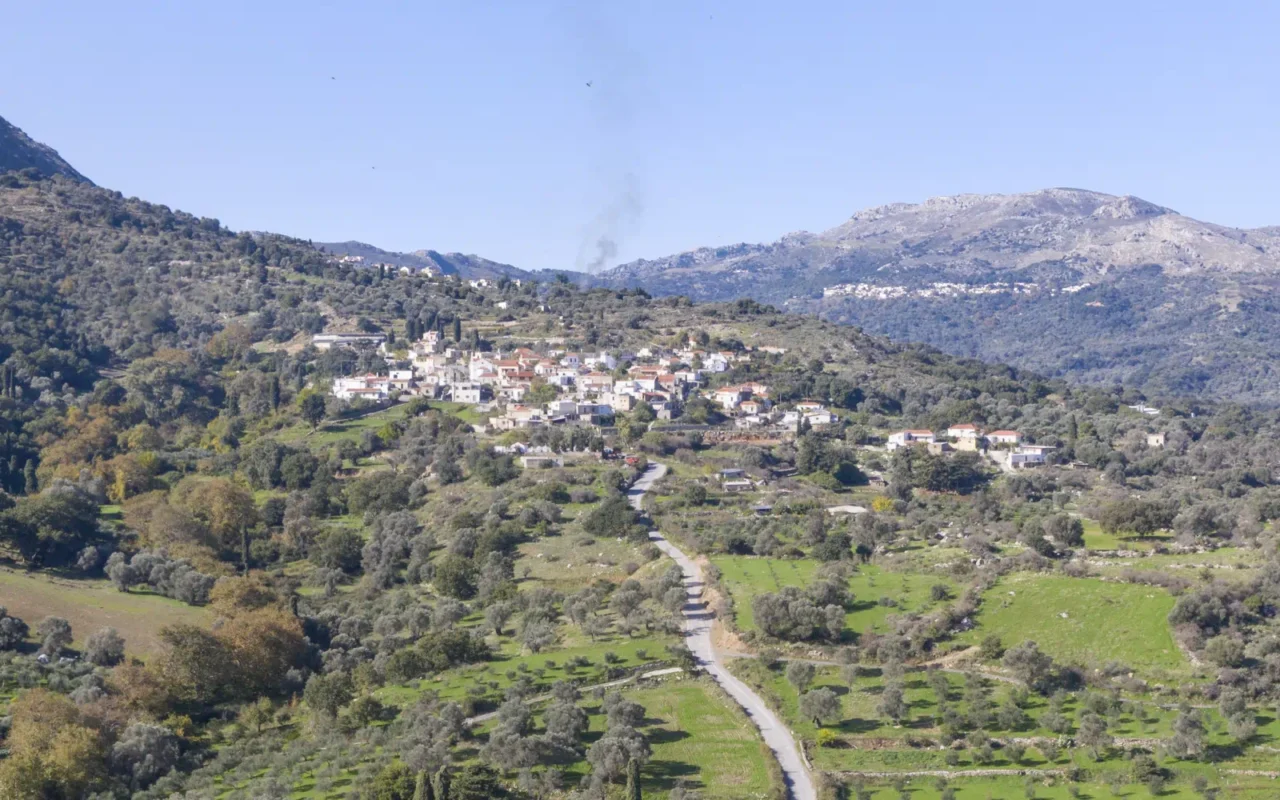
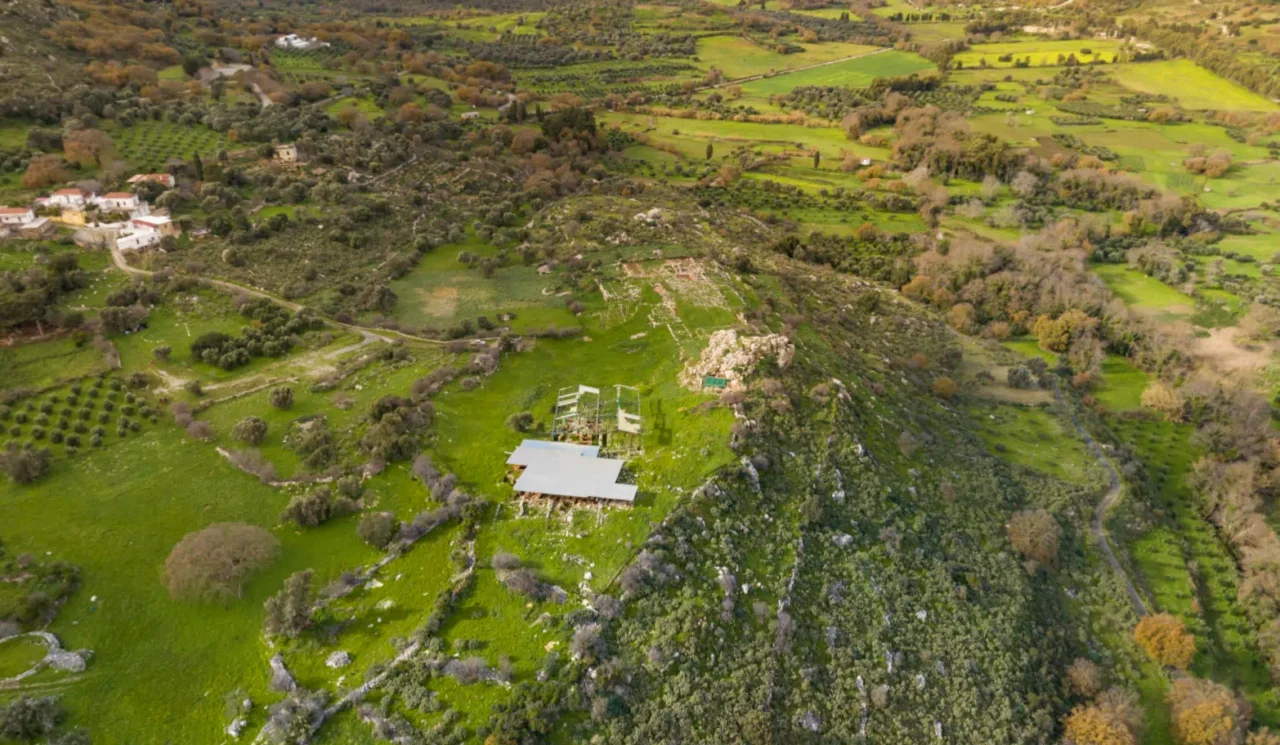
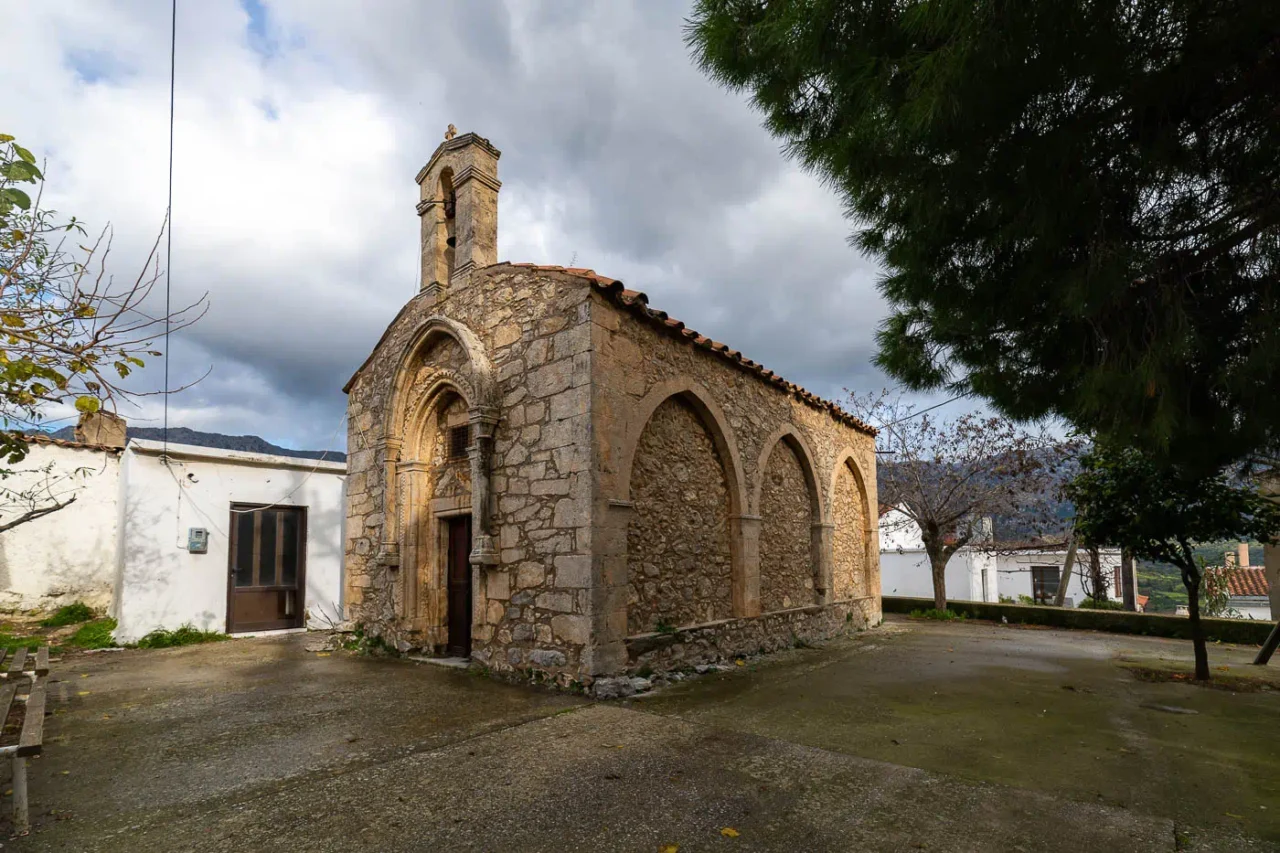
Monastiraki (officially: Monastirakion) is a village and the seat of the homonymous community of the Municipality of Amari, in the Regional Unit of Rethymno, Crete. Emmanouil Lambrinakis, in his work Geography of Crete, from 1890, mentions that the name of the village comes from a small Byzantine church in the area, dedicated to the Virgin Mary. This church belonged to a small monastery. The existence of a monastery during the Venetian period is certified by acts drawn up by Manolis Varouchas, a notary of the area in the period 1597-1613, in which the Monastery of the Theotokos in Petradia is mentioned. The church of the monastery has been identified with the small church of Panagia, inside which tombs and traces of hagiographies have been found.
Historical References
Monastiraki’s historical narrative extends far beyond its charming present-day appearance. The village boasts a rich and layered past, evidenced by archaeological discoveries and historical documentation. The excavation of a Minoan palace at Kokkinos Harakas, dating back to the Old Palace period, places Monastiraki at the heart of Minoan civilization. This significant discovery underscores the area’s importance during this era, highlighting its role in trade, agriculture, and possibly even religious practices. The village’s presence is also documented in Venetian censuses from the 16th century and later Ottoman records, revealing its population fluctuations and changing demographics under different rulers. The existence of a small Byzantine church dedicated to the Virgin Mary, which gave the village its name (“Monastiraki” meaning “little monastery”), attests to the area’s continuous habitation and religious significance throughout the Byzantine period. Furthermore, Monastiraki’s active participation in the Cretan resistance against the German occupation during World War II showcases the villagers’ resilience and bravery in the face of adversity.
Location and Dimensions
Monastiraki is picturesquely situated in the Amari Valley, nestled amidst the eastern foothills of Mount Kentros. Its elevation of 380 meters offers a mild climate and breathtaking views of the surrounding landscape. Located 37 kilometers from Rethymno, the village enjoys a balance between rural serenity and accessibility to the regional capital. Monastiraki is a moderately sized village, characterized by its traditional architecture and well-preserved stone houses. The surrounding area is a tapestry of natural beauty, encompassing fertile plains, rolling hills, and the majestic Mount Kentros.
Historical Significance
The presence of the Minoan palace at Kokkinos Harakas establishes Monastiraki as a significant center of Minoan civilization, offering valuable insights into this ancient culture’s social, economic, and religious practices. The village’s Byzantine church and its mention in Venetian records highlight its continuous habitation and its role in the religious and cultural landscape of Crete during these periods. Moreover, Monastiraki’s active participation in the Cretan resistance against the German occupation demonstrates the villagers’ unwavering spirit and their commitment to freedom and self-determination.
Population Data Over the Years
Census Year |
Population |
|---|---|
1900 |
337 |
1920 |
292 |
1928 |
306 |
1940 |
299 |
1951 |
282 |
1961 |
235 |
1971 |
170 |
1981 |
157 |
1991 |
180 |
2001 |
209 |
2011 |
174 |
Churches
The parish church of the village is dedicated to the Transfiguration of the Savior. In the past, it had a bell with the inscription 1585 and relief representations of the Crucifixion, the Virgin Mary, and John, but it is no longer preserved. The cemetery church of the village is dedicated to the Holy Trinity.
In the center of the modern village is the church of Michael the Archangel. The church is single-aisled, vaulted, and dates from the early 14th century. In the bell tower, there is a bell engraved with the date 1601. The arched doorway of the church’s entrance is surrounded by a larger arch which rests on projections and pseudo-columns, so that the entrance becomes more impressive. The south wall bears externally three blind pointed arches. Inside it bears fragments of frescoes.
The church of Agios Georgios, from the 15th century, is also frescoed. In the quarter-sphere of the apse of the sanctuary, the Virgin Mary is depicted, wearing a purple robe. In front of her sits Christ Emmanuel blessing. The fresco bears the inscription “Mother of God, the joy of all.”
Current Status
Today, Monastiraki is a designated traditional settlement, preserving its architectural heritage and cultural identity. The village’s picturesque setting, historical landmarks, and proximity to natural attractions like Mount Kentros and the Amari Valley make it an appealing destination for visitors seeking an authentic Cretan experience. Efforts to preserve its cultural heritage and promote sustainable tourism offer hope for a revitalized future, ensuring that Monastiraki continues to thrive as a living testament to Crete’s rich and enduring past.
Village Key Points
- Historical References: Minoan palace, Venetian and Ottoman records, participation in World War II resistance
- Location: Amari Valley, eastern foothills of Mount Kentros, 37 km from Rethymno, altitude of 380 meters
- Historical Significance: Minoan palace, Byzantine and Venetian-era churches, role in Cretan resistance
- Current Status: Traditional settlement with preserved architecture and historical monuments, facing population decline
Access
Monastiraki is 19.5 kilometers away from the town Tympaki and 1.8 kilometers away from Amari.













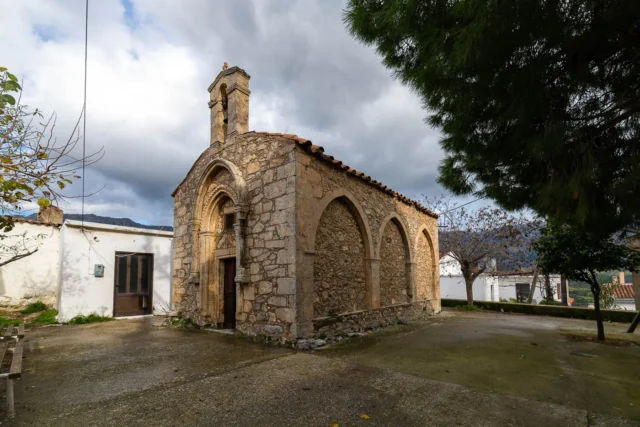

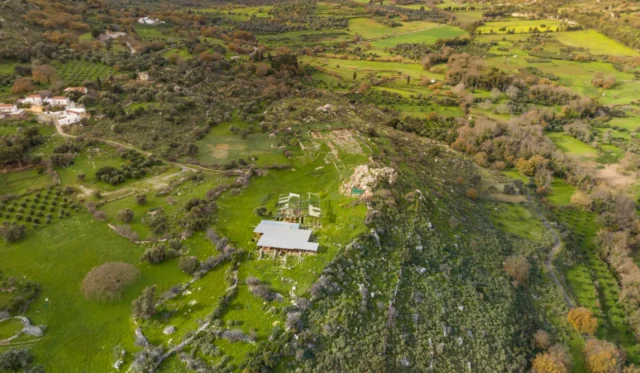

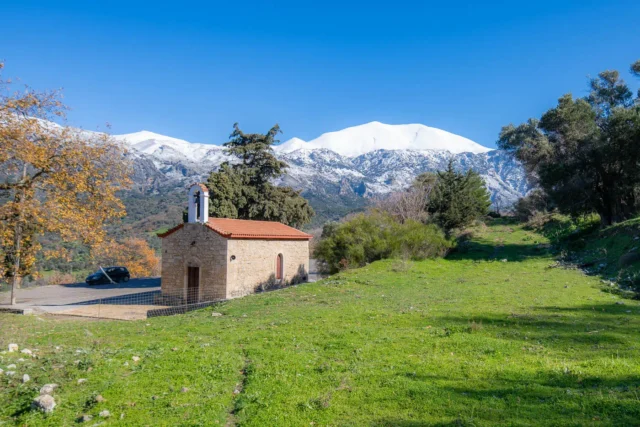
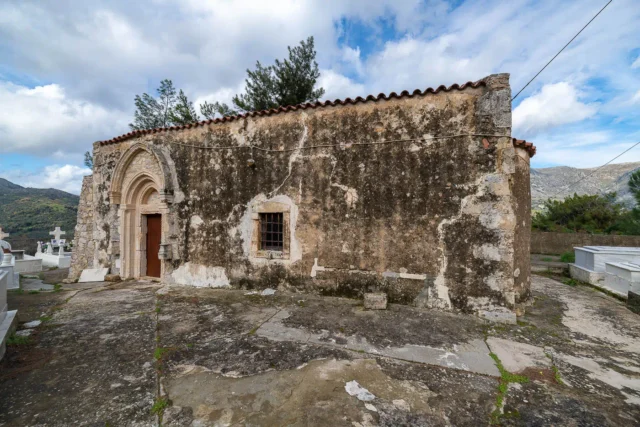
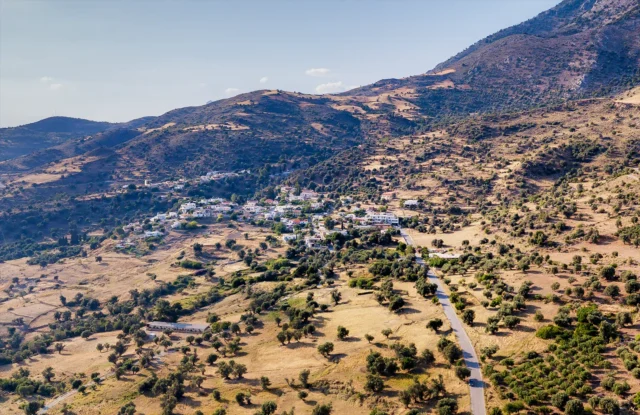
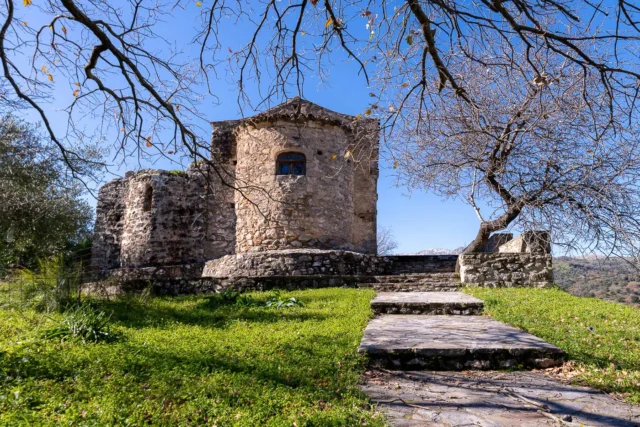
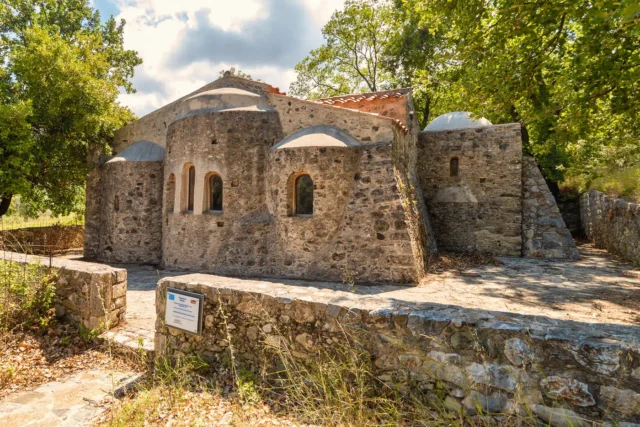

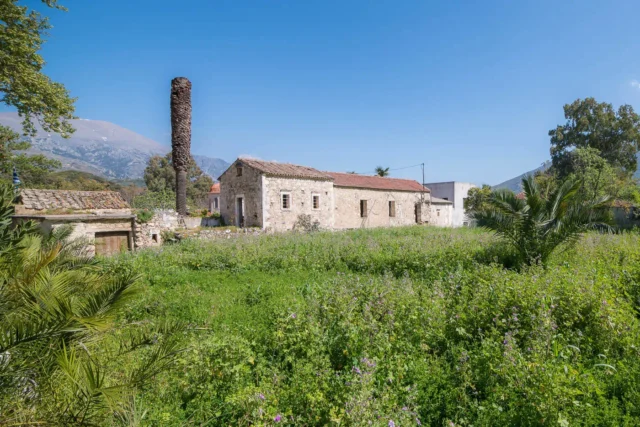
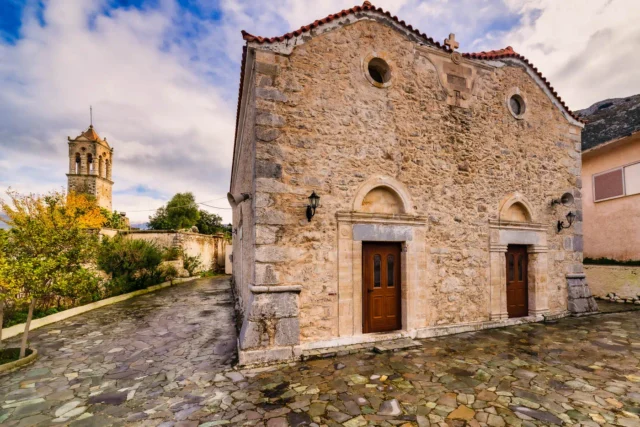
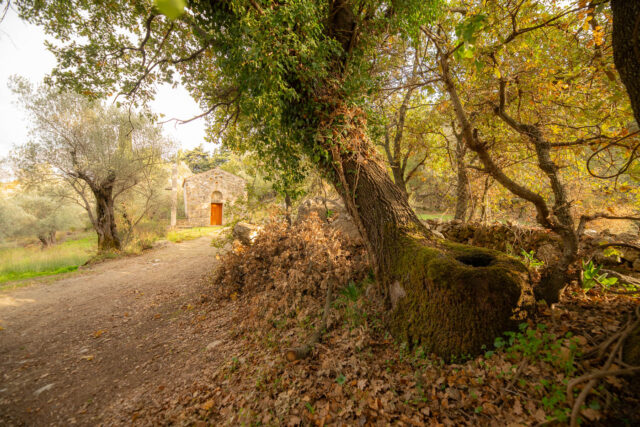


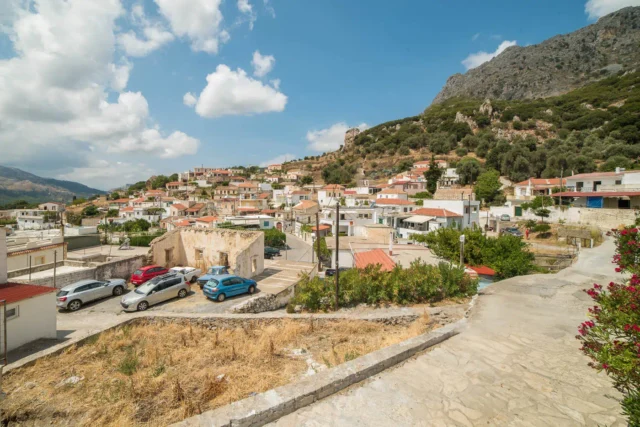
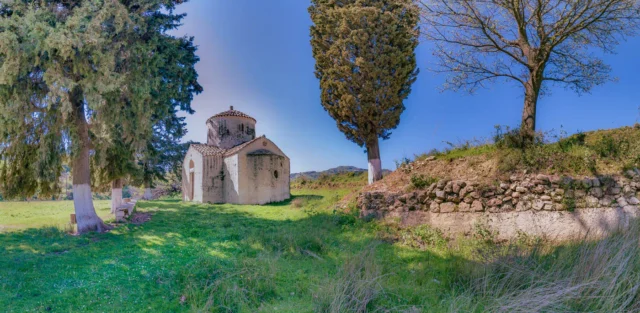

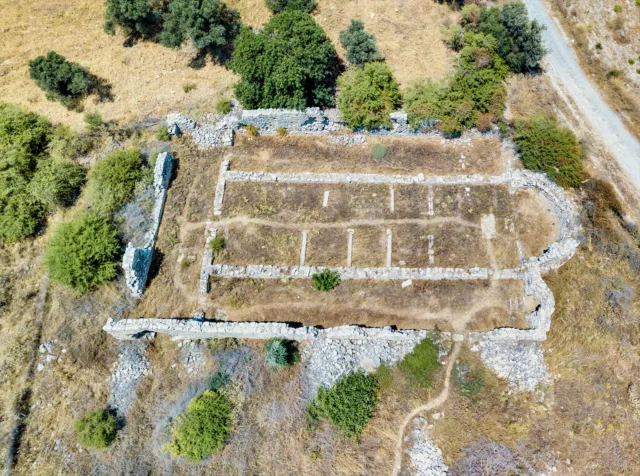
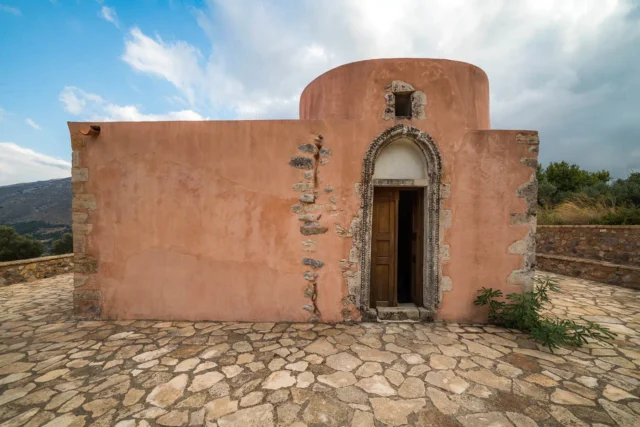
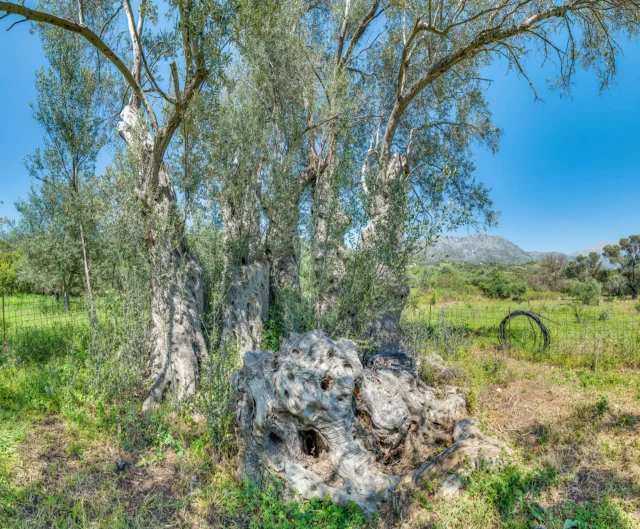

There are no comments yet.